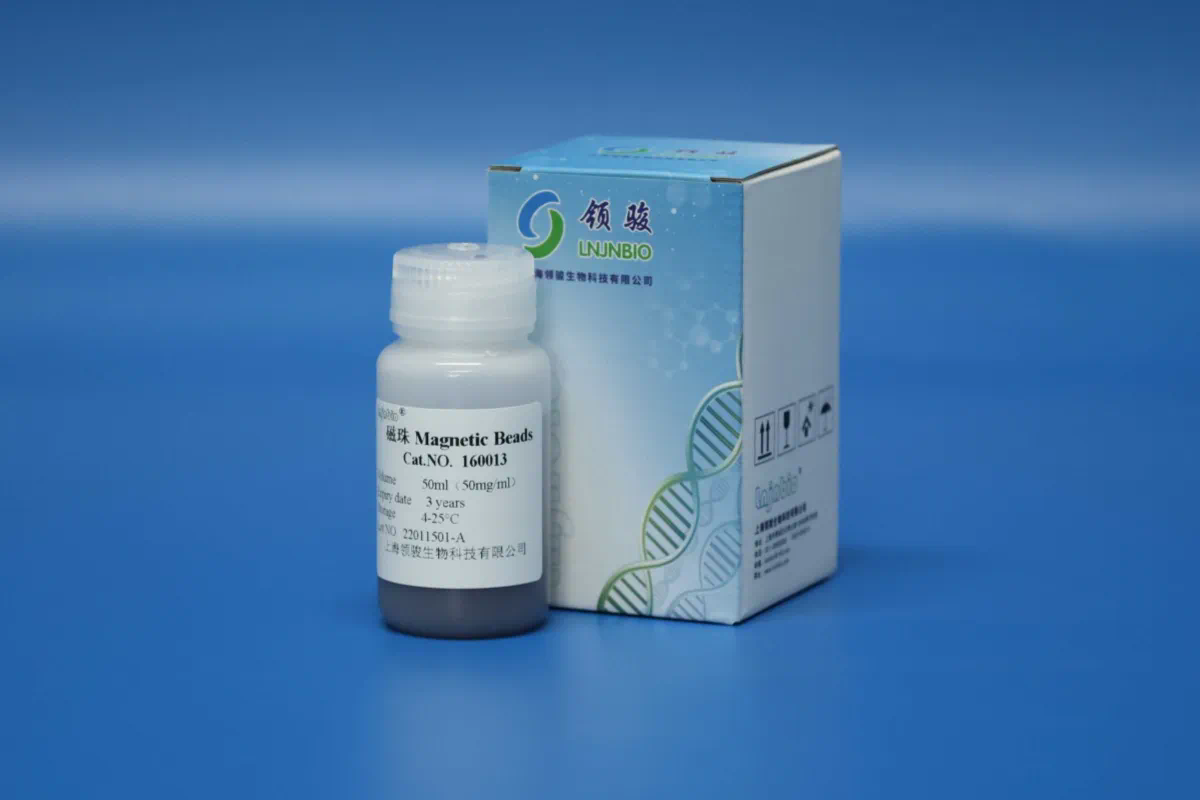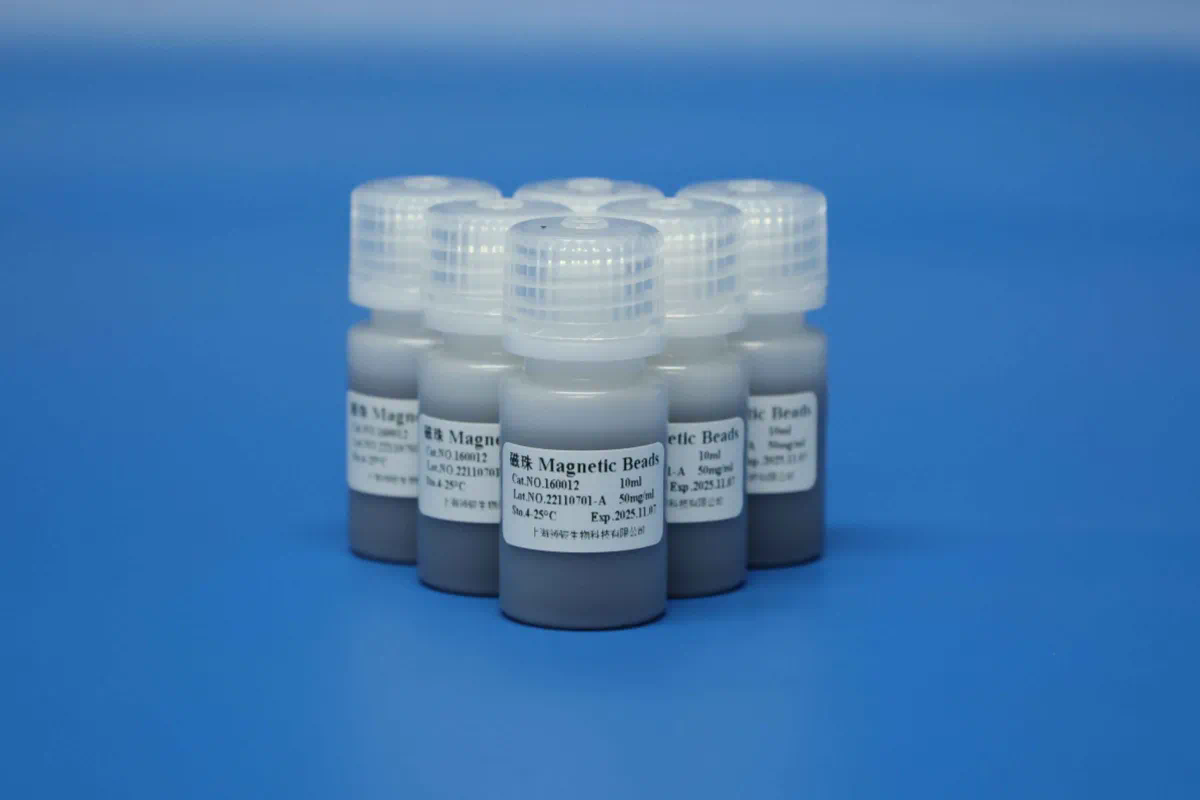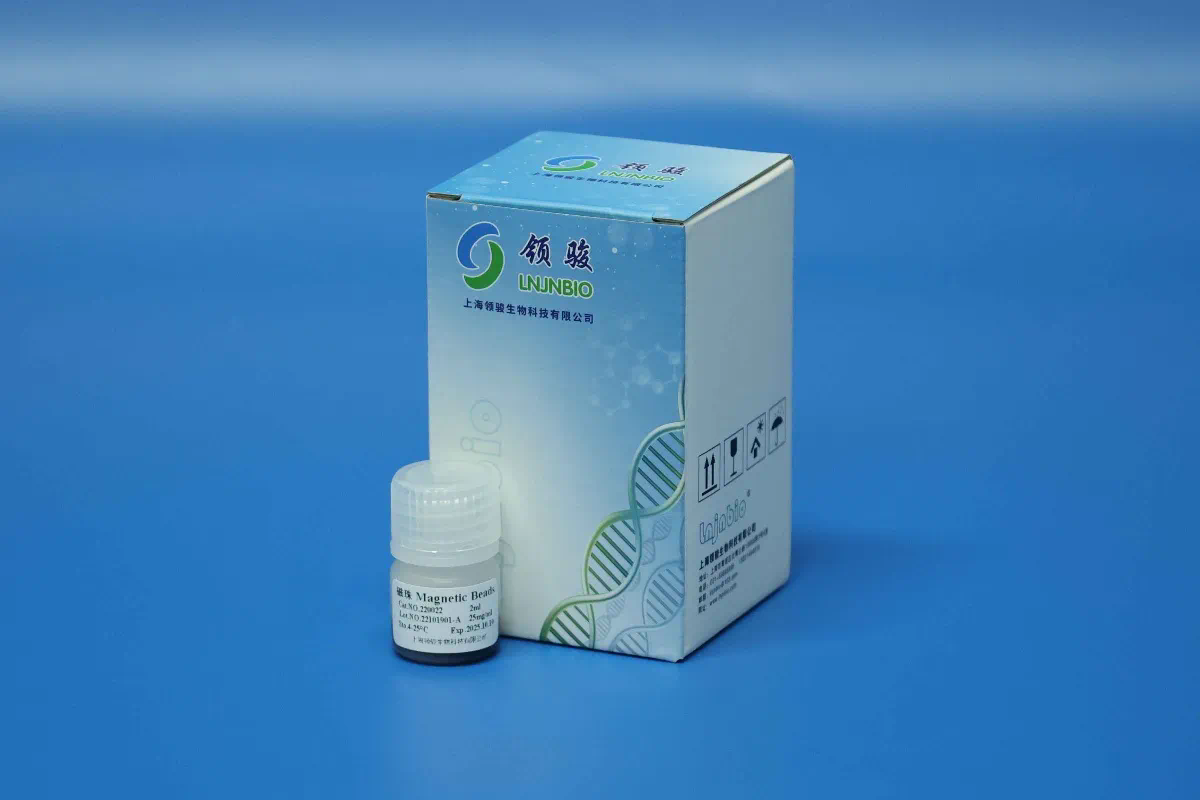Innovative Techniques for Rapid Isolation of Plasmid DNA
Innovative Techniques for Rapid Isolation of Plasmid DNA
In the realm of molecular biology, the isolation of plasmid DNA is a fundamental technique with significant applications in research, biotechnology, and medicine. Traditionally, plasmid DNA isolation involves laborious protocols with lengthy processing times. However, recent advancements in technology have led to the development of innovative techniques that enable rapid and efficient isolation of plasmid DNA. This article delves into these cutting-edge methods, highlighting their principles, applications, and benefits.

Introduction to Plasmid DNA Isolation
Plasmids are small, circular DNA molecules found in bacteria that are distinct from chromosomal DNA. They are widely used in genetic engineering, gene cloning, and other molecular biology applications due to their ability to replicate independently within a host cell. The isolation of plasmid DNA is a crucial step in these processes, as it allows researchers to obtain pure plasmid samples for further analysis or manipulation.
Traditional Methods of Plasmid DNA Isolation
Historically, plasmid DNA isolation has relied on several standard methods, including alkaline lysis, cesium chloride gradient centrifugation, and column-based approaches. Each of these techniques has its advantages and limitations.
1. Alkaline Lysis Method
The alkaline lysis method involves lysing bacterial cells with an alkaline solution to separate plasmid DNA from chromosomal DNA and cellular debris. This is followed by neutralization and plasmid DNA reagents used in dna extraction purification through centrifugation or column chromatography. While effective, this method can be time-consuming and labor-intensive.
2. Cesium Chloride Gradient Centrifugation
Cesium chloride gradient centrifugation is a more sophisticated technique that utilizes density gradients to separate plasmid DNA from other cellular components. Although it provides high purity, it requires specialized equipment and is not suitable for high-throughput applications.
3. Column-Based Methods
Column-based plasmid isolation methods use silica or other resins to selectively bind plasmid DNA while washing away contaminants. These methods are faster and more convenient than traditional techniques but can still be prone to variability in yield and purity.
Innovative Techniques for Rapid Plasmid DNA Isolation
Recent advancements have led to the development of several innovative techniques that offer rapid, efficient, and reliable plasmid DNA isolation. These techniques leverage new materials, technologies, and methodologies to enhance the isolation process.
1. Magnetic Bead-Based Methods
Magnetic bead-based methods utilize functionalized magnetic beads to selectively capture plasmid DNA from a bacterial lysate. The process involves the following steps:
– Cell Lysis: Bacterial cells are lysed using a suitable buffer to release plasmid DNA.
– Magnetic Bead Binding: Magnetic beads coated with DNA-binding ligands are added to the lysate. These beads specifically bind to plasmid DNA.

– Magnetic Separation: A magnet is used to separate the beads (and bound plasmid DNA) from the rest of the lysate.
– Washing and Elution: The beads are washed to remove contaminants, and plasmid DNA is eluted from the beads using an appropriate buffer.

Magnetic bead-based methods offer high specificity and can be automated for high-throughput applications, making them ideal for large-scale plasmid preparation.
2. Microfluidic Devices
Microfluidic devices use miniaturized channels and chambers to perform plasmid DNA isolation on a chip. These devices integrate multiple steps of the isolation process into a single, compact system. Key features of microfluidic devices include:
– Reduced Sample Volumes: Microfluidic devices operate with small volumes of samples and reagents, reducing costs and minimizing waste.
– High Throughput: Multiple samples can be processed simultaneously, increasing efficiency.
– Automation: Many microfluidic devices are fully automated, minimizing manual handling and reducing the potential for error.
Microfluidic devices are particularly valuable in applications requiring rapid processing and high precision.
3. Ultrafiltration Techniques
Ultrafiltration techniques utilize membrane filters with specific pore sizes to separate plasmid DNA from other components in a bacterial lysate. The process involves:
– Cell Lysis: Bacterial cells are lysed to release plasmid DNA.
– Filtration: The lysate is passed through an ultrafiltration membrane that retains plasmid DNA while allowing smaller contaminants to pass through.
– Concentration and Purification: The retained plasmid DNA is concentrated and further purified as needed.
Ultrafiltration techniques are advantageous for their simplicity and scalability. They can be particularly effective for isolating plasmid DNA from large volumes of bacterial culture.
4. Enzyme-Based Methods
Recent innovations in enzyme-based methods have introduced novel approaches to plasmid DNA isolation. These methods involve the use of specific enzymes to selectively degrade chromosomal DNA and other contaminants while preserving plasmid DNA. Key advantages include:
– Selective Degradation: Enzymes can be engineered to specifically target and degrade unwanted DNA.
– Enhanced Purity: By selectively removing contaminants, enzyme-based methods can yield highly pure plasmid DNA.
These methods are still under development but hold promise for improving the efficiency and specificity of plasmid DNA isolation.
Applications of Rapid Plasmid DNA Isolation Techniques
The innovative techniques for rapid plasmid DNA isolation have wide-ranging applications across various fields:
1. Genetic Engineering and Cloning
In genetic engineering and cloning, rapid plasmid DNA isolation allows researchers to quickly obtain plasmid constructs for transformation into host cells. This accelerates the development of genetically modified organisms and the production of recombinant proteins.
2. Diagnostics and Therapeutics
In diagnostics, efficient plasmid DNA isolation supports the development of diagnostic assays and the production of diagnostic reagents. In therapeutics, rapid isolation of plasmids used in gene therapy and vaccine development is critical for timely research and clinical applications.
3. High-Throughput Screening
For high-throughput screening applications, such as drug discovery and functional genomics, rapid plasmid DNA isolation enables the processing of large numbers of samples in a short time. This is essential for accelerating research and improving the efficiency of screening workflows.
4. Biotechnology and Industrial Applications
In biotechnology and industrial settings, rapid plasmid DNA isolation techniques facilitate the large-scale production of plasmid DNA for use in various bioprocesses, including the manufacture of biofuels, enzymes, and other products.
Conclusion
The advancement of rapid plasmid DNA isolation techniques represents a significant leap forward in molecular biology. By improving efficiency, speed, and reliability, these innovative methods are transforming research and applications across diverse fields. As technology continues to evolve, further enhancements in plasmid DNA isolation will likely emerge, offering even more powerful tools for scientific discovery and biotechnology.
https://supplychaininterview.com/